Snowfeet* leads the unisex ski trend in 2025 with compact, portable, and budget-friendly options that suit all skill levels. Unlike traditional skis, Snowfeet* products are smaller, easier to transport, and compatible with regular winter shoes or snowboard boots. Here's a quick breakdown:
- Snowfeet* Mini Ski Skates (38–50 cm): Lightweight, beginner-friendly, and starting at $150.
- Snowfeet* Skiskates (44 cm): Balanced for control and speed, priced at $390.
- Snowfeet* Skiblades (65–120 cm): Best for carving and tricks, ranging from $450 to $690.
- Traditional Skis: Larger, pricier ($800+), and require specialized boots.
Quick Comparison:
| Feature | Snowfeet* Products | Traditional Skis & Snowboards |
|---|---|---|
| Portability | Compact (38–120 cm) | Bulky (150–200+ cm) |
| Learning Curve | Easy for beginners | Steeper for beginners |
| Boot Compatibility | Winter/snowboard boots | Requires specific boots |
| Cost | $150–$690 | $800+ |
Snowfeet* offers a simpler, more versatile alternative to traditional gear, perfect for casual riders or those seeking a hassle-free winter sports experience.
2025 K2 Mindbender 108Ti Unisex Skis
1. Snowfeet* Mini Ski Skates (38 cm, 50 cm)
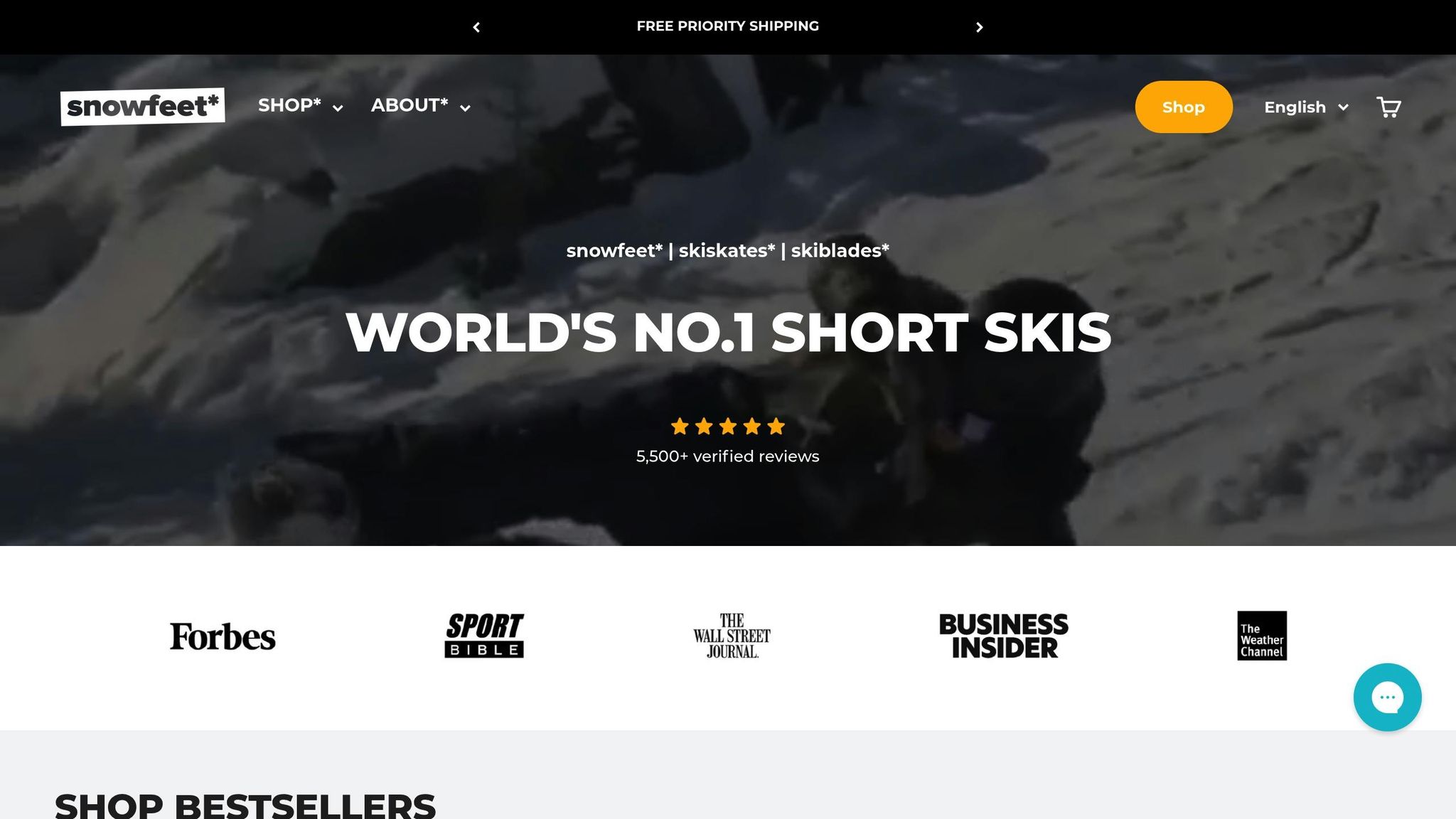
Snowfeet* Mini Ski Skates bring a compact twist to the ski world, offering two sizes: the 38 cm model and the 50 cm PRO model. These small but mighty skates challenge the idea that bigger is always better, even outperforming traditional skis from brands like Rossignol and Atomic in some ways.
Portability
One of the standout features of Snowfeet* Mini Ski Skates is how portable they are. Unlike traditional skis that can be a hassle to store and transport, these mini skates are lightweight and small enough to fit into a regular backpack. This makes them perfect for impromptu winter outings or trips where space is tight - like when you’re dealing with airline baggage limits or a packed car trunk.
Footwear Compatibility
Forget about pricey, specialized ski boots. Snowfeet* Mini Ski Skates work with everyday winter shoes or snowboard boots, thanks to their adjustable bindings. These bindings make it easy to secure the skates safely and quickly. For the best experience, waterproof shoes that provide good ankle support are recommended. If you have smaller feet, snowboard boots can offer a snug, secure fit - saving you from having to buy an entirely new pair of boots. This flexibility makes these skates a practical and budget-friendly choice.
Learning Curve
If you’re new to skiing, Snowfeet* Mini Ski Skates are a great way to get started. Their shorter length makes them easier to control, giving beginners more confidence on the slopes. Unlike the full-length skis from brands like Head or Elan - which can feel overwhelming - these mini skates allow for quick, tight turns. Plus, their skating-like feel is a natural transition for anyone who’s already comfortable with ice skating or rollerblading.
Terrain Versatility
Don’t let their size fool you - these mini skates can handle a variety of terrains. While they’re at their best in snow parks, they also perform well on powder and groomed runs . Their agility makes them a favorite for freestyle skiing and terrain park tricks. While they may not offer the same stability as longer skis at high speeds, they excel in playful, technical skiing and are even a fun option for cross-country adventures.
Price Range
When it comes to cost, Snowfeet* Mini Ski Skates are a budget-friendly alternative to traditional ski gear. The 38 cm model is priced at $150, while the PRO 50 cm model comes in at $199. Compare that to the hefty price tag of a traditional ski setup - which typically includes separate purchases for skis, boots, and bindings - and it’s clear these mini skates offer serious savings without compromising on fun.
2. Snowfeet* Skiskates (44 cm)
Snowfeet* Skiskates, measuring 44 cm, strike a balance between the compact Mini Ski Skates and the longer Skiblades. They combine the fluidity of skating with the thrill of skiing, making them a fantastic choice for anyone with a background in ice hockey or rollerblading who wants to take those skills to the slopes.
Portability
Weighing about 3.5 pounds (1.6 kilograms) and with a total package weight of around 4.1 pounds (1.85 kilograms), these skiskates are incredibly lightweight. Unlike the bulkier skis from brands like Rossignol or Atomic, their compact size makes them easy to carry in a backpack. This portability makes them perfect for adventurers who want to keep things light and convenient.
Footwear Compatibility
Snowfeet* Skiskates are designed to work with both ski and snowboard boots. Their bindings accommodate sizes 4.5–14.5 US for ski boots and 6–14.5 US for snowboard boots. Whether you're into freestyle tricks or prefer a more controlled ride, these dual-binding options cater to a variety of styles and preferences.
Learning Curve
If you’re comfortable on ice skates or rollerblades, you’ll find these skiskates intuitive to use. At 44 cm, they provide more stability than the smaller Mini Ski Skates while still being far easier to handle than traditional skis from brands like Head or Elan. This makes them a great entry point for beginners who want a bit of extra support without the commitment of longer skis. Plus, they’re versatile enough to handle a range of terrains with ease.
Terrain Versatility
One of the standout features of Snowfeet* Skiskates is their adaptability. Whether you're skiing, skating, or even jumping, these skiskates perform well across different terrains. Their compact design is ideal for playful, technical runs on slopes or frozen lakes, offering agility that longer skis can’t match. While they might not be built for high-speed carving, they shine in environments where quick movements and precision are key.
Price Range
Priced at $390, Snowfeet* Skiskates offer an all-in-one solution (excluding boots) that’s far more affordable than traditional ski setups. Full ski gear from major brands often costs between $600 and $1,200, especially when you factor in the separate costs of skis, boots, and bindings. With Skiskates, you’re getting a complete and compact system at a fraction of the price.
3. Snowfeet* Skiblades (65 cm, 99 cm, 120 cm)
Snowfeet* Skiblades strike a perfect balance between compact skiskates and traditional long skis. Available in three lengths - 65 cm, 99 cm, and 120 cm - they provide a mix of stability, carving power, and agility that appeals to a wide range of skiers.
Portability
When it comes to portability, even the longest Snowfeet* Skiblades (120 cm) are a breeze to handle compared to full-sized skis from brands like Rossignol or Atomic, which often exceed 150 cm. Their lightweight design reduces fatigue and makes transportation easier. The 65 cm model, for instance, can easily fit in most car trunks without needing to adjust seats. Even the 120 cm version takes up far less space than traditional skis, making storage and travel much simpler.
Footwear Compatibility
One of the standout features of Snowfeet* Skiblades is their flexible footwear compatibility. The 65 cm and 99 cm models work with both ski boots and snowboard boots, giving you options based on your preference. However, the 120 cm model, designed for more aggressive skiing, is exclusively compatible with ski boots. You can choose snowboard bindings for added flexibility or opt for ski bindings if you’re after a more stable and aggressive ride.
Learning Curve
Snowfeet* Skiblades are easier to master than traditional long skis while offering more stability than mini skates. Their design makes balancing simpler, which is especially helpful for beginners. The shorter length reduces leverage during turns, allowing new skiers to gain confidence quickly. At the same time, experienced skiers will appreciate their responsiveness, whether carving, tackling snowpark tricks, or gliding through powder.
Terrain Versatility
Each length of Snowfeet* Skiblades is tailored to specific terrains and skiing styles. The 65 cm model is perfect for quick turns, tricks, and playful runs in terrain parks. The 99 cm version provides a balanced performance across various snow conditions, making it a great all-rounder. For those who love carving or skiing in powder, the 120 cm model delivers exceptional performance. While they handle groomed runs and moderate powder effortlessly, it's always a good idea to check resort policies to ensure skiblades are allowed.
Price Range
Snowfeet* Skiblades come at a competitive price point. The 65 cm model starts at $450, the 99 cm version is priced at $490, and the premium 120 cm model costs $690. While these prices are higher than some shorter Snowfeet* options, they’re still far more affordable than traditional ski setups from brands like Rossignol or Atomic, which can cost between $800 and $1,500 when factoring in skis, bindings, and boots.
sbb-itb-17ade95
4. Standard Skis and Snowboards (Rossignol, Burton, etc.)
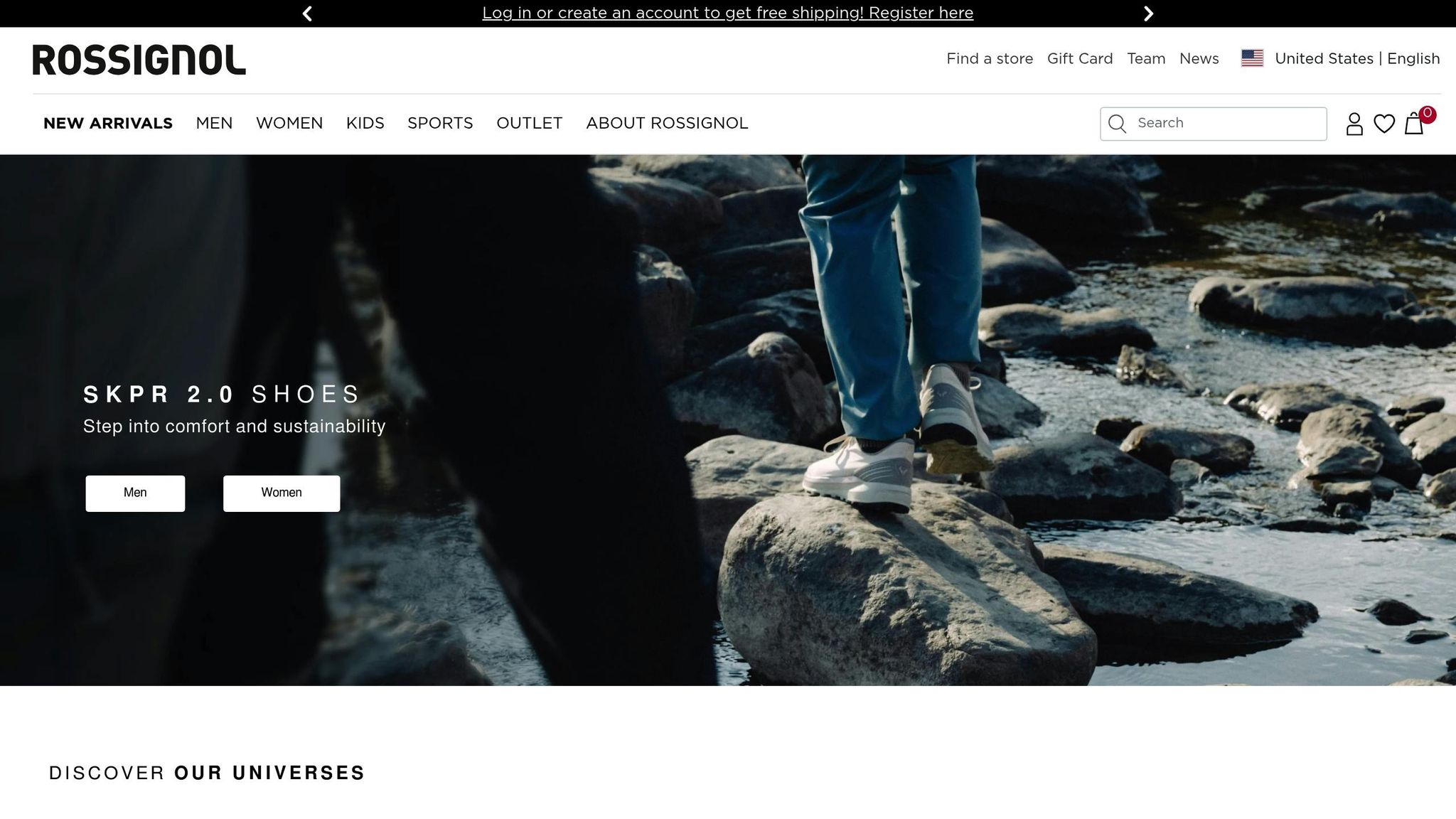
Even though Snowfeet* gear brings a fresh twist to winter sports, traditional skis and snowboards from brands like Rossignol, Atomic, Head, Elan, and Burton still hold a strong presence in the market. These classic options have been go-to choices for decades, but they come with a few challenges that newer designs aim to solve.
Portability
Let’s face it - traditional skis are huge. Most range between 150–200+ cm in length, making them a hassle to transport and store. Compare that to Snowfeet* Skiblades, which max out at 120 cm, or Snowfeet* Skiskates, which are just 44 cm long. These compact designs are a game-changer. They’re super easy to carry and fit neatly into a car trunk - no need for those awkward, clunky roof racks. The size difference alone makes traditional gear feel, well, a bit cumbersome.
Learning Curve
Traditional skis are often considered easier to learn than snowboards, but their sheer size and storage headaches can make them less appealing. Snowfeet* gear, on the other hand, offers a compact and user-friendly alternative. Its smaller size not only simplifies storage but also makes the learning process much less intimidating. It’s a win-win for beginners and seasoned riders alike looking for something more accessible.
Pros and Cons Comparison
Let’s break down the advantages and drawbacks of Snowfeet* products compared to traditional skis and snowboards. If you’re weighing your options for winter sports gear, it’s helpful to see how Snowfeet* stacks up against well-known brands like Rossignol, Atomic, Head, and Burton. The table below lays out the key differences in features, costs, and maintenance.
| Feature | Snowfeet* Products | Traditional Skis & Snowboards |
|---|---|---|
| Size & Portability | 38–120 cm length; lightweight and compact | 150–200+ cm; requires a roof rack |
| Learning Curve | Easy to learn, beginner-friendly | Steeper learning curve |
| Boot Compatibility | Works with winter shoes, snowboard boots, or ski boots | Requires specific ski or snowboard boots |
| Terrain Versatility | Great for slopes, hiking trails, backyards, and sledding hills | Best suited for groomed ski resorts |
| Initial Cost | $150–$690 for a complete setup | Around $800+ for skis, bindings, boots, and poles |
| Daily Rental Cost | Not applicable (you own the gear) | About $28 per day |
| Maintenance | Minimal - occasional waxing and strap replacement | Regular tuning, waxing, and edge sharpening |
| Travel Costs | No airline baggage fees | Often includes extra baggage fees |
| Storage Space | Fits in a closet or car trunk | Needs a garage or specialized storage |
Cost Comparison
When it comes to cost, Snowfeet* products are the clear winner. A traditional ski or snowboard setup typically starts at $800+, while Snowfeet* gear ranges from $150 to $690. Plus, there are no recurring rental fees. If you’re renting traditional gear at around $28 per day, you’d need to hit the slopes about 28 times just to break even compared to owning your own Snowfeet*. That’s a big difference, especially for casual riders.
Versatility and Terrain
One of the standout features of Snowfeet* is how versatile they are. Unlike traditional skis and snowboards, which are mainly designed for groomed slopes, Snowfeet* opens up a world of possibilities. You can use them on hiking trails, in your backyard, or even on local sledding hills. As the company describes it:
"Snowfeet and Skiskates are skates for snow, a completely new winter sport called skiskating, which resembles skating on snow. They allow for new kinds of jumps, twists and tricks. Snowfeet are also more versatile, you can use them with your winter shoes or snowboard boots, on cross-country and hiking trails or on your local sledding hill and your backyard. In addition, they are also more affordable than skiboards."
This versatility makes Snowfeet* a great option for anyone looking to explore winter sports beyond the usual ski resort experience. They’re also beginner-friendly, offering better control and easier stopping, which helps build confidence for new riders. Proper balance, especially during deep carving, is key to enjoying the ride safely.
Traditional Gear Advantages
That said, traditional skis and snowboards still have their place. They’re ideal for high-speed runs and deep powder conditions. Skiblades, which are a middle ground between traditional skis and Snowfeet*, offer some compactness while improving carving performance. However, traditional gear comes with added maintenance - regular tuning, waxing, and edge sharpening are musts. While Snowfeet* products are compatible with most ski resorts, traditional equipment is universally accepted at all winter sports venues.
The Takeaway
Snowfeet* products are a game-changer for anyone looking for a more affordable, portable, and versatile way to enjoy winter sports. They’re perfect for exploring beyond the slopes, whether it’s hiking trails, sledding hills, or even your own backyard. Traditional skis and snowboards may still be better for hardcore enthusiasts chasing speed or powder, but for most people, Snowfeet* offers an exciting and practical alternative.
Final Recommendations
Looking at the comparisons above, it’s clear that Snowfeet* products are a fantastic choice for most winter sports enthusiasts, offering a mix of affordability, versatility, and fun.
For beginners and casual riders, the Snowfeet* Mini Ski Skates (38 cm) are a no-brainer at $150. They’re super easy to pick up and work with the winter shoes you already own - no extra gear needed.
For intermediate riders looking for a bit more speed and control, the Snowfeet* Skiskates (44 cm) are a great fit at $390. These are compatible with both ski and snowboard boots, giving you faster speeds while keeping the handling smooth and approachable.
For advanced skiers craving something close to the feel of traditional skiing, the Snowfeet* Skiblades (available in 99 cm or 120 cm) are a solid choice. With prices ranging from $490 to $690, they deliver carving performance that rivals full ski setups but at a fraction of the cost.
Snowfeet* products aren’t just budget-friendly - they’re built tough in Europe, designed to last through countless winters.
What makes Snowfeet* truly stand out is their unmatched versatility. While traditional skis often limit you to groomed resort runs, Snowfeet* opens up a world of possibilities. You can use them on hiking trails, in your backyard, or even on local sledding hills. As Snowfeet puts it:
"Snowfeet are also more versatile, you can use them with your winter shoes or snowboard boots, on cross-country and hiking trails or on your local sledding hill and your backyard. In addition, they are also more affordable than skiboards. If you wanna try something completely new and have fun above all, these would be the best choice for you."
Here’s why Snowfeet* might just be your perfect winter gear:
- Affordability: Way cheaper than traditional skis or snowboards.
- Portability: Compact and easy to carry anywhere.
- Versatility: Use them wherever there’s snow - not just at resorts.
- Beginner-Friendly: Easy to control and stop, making them ideal for first-timers.
While brands like Rossignol and Atomic cater to specialized performance needs, Snowfeet* focuses on practicality for everyday winter fun. Sure, traditional skis and snowboards still have their place for chasing powder or extreme speeds. But for most of us who just want to enjoy the snow without the hassle, Snowfeet* is the clear winner.
With perks like free shipping to most countries, a 30-day return policy, and low maintenance, there’s little to lose by giving Snowfeet* a shot. As one happy customer, Andrew B., said, "I will never go back to the original skis." Snowfeet* is redefining winter sports gear for 2025, offering something for everyone who loves the snow.
FAQs
What makes Snowfeet* products better than traditional skis and snowboards?
Snowfeet* products bring a fresh twist to winter sports by ditching the bulk of traditional skis and snowboards. Thanks to their lightweight and compact design, they're a breeze to carry, store, and transport. Forget about wrestling with roof racks or hauling oversized bags - Snowfeet* fit easily into a backpack. Their small size also makes them less intimidating for beginners and super convenient for anyone craving a hassle-free day on the slopes.
What really sets Snowfeet* apart is their versatility and simplicity. You don’t need pricey, specialized boots - these work with your regular winter footwear. They’re designed to be user-friendly, offering quick learning and sharp control, which makes them ideal for all skill levels. Whether you’re a newbie or a seasoned pro, Snowfeet* make it easy to enjoy everything from groomed trails to more adventurous terrain. Compared to big-name ski brands like Rossignol or Atomic, they offer a more approachable and practical way to hit the snow.
With Snowfeet*, winter sports feel more accessible and fun for everyone, no matter your experience or how you like to explore the slopes.
How do Snowfeet* products suit different skill levels and terrains?
Snowfeet* products are crafted to suit a wide range of skill levels and terrains, making them a fantastic choice for just about anyone. If you're a beginner, the 65 cm Skiblades are a great starting point - they’re easy to handle and perfect for smooth, groomed slopes. Intermediate skiers can step up to the 99 cm Skiblades, which offer a nice blend of control and versatility for all-mountain fun. Advanced users, on the other hand, might lean toward the 44 cm Skiskates for tricks, or the 120 cm short skis for a mix of speed and stability on tougher terrain.
One of the coolest things about Snowfeet* gear is how lightweight and compact it is. You can easily carry them around, making them perfect for ski slopes, hiking trails, or even a quick session in your backyard. Unlike traditional skis and snowboards from brands like Rossignol or Atomic, Snowfeet* products are all about simplicity, fun, and practicality. They’re an awesome option for skiers of all experience levels looking for something fresh and easy to use.
What kind of maintenance do Snowfeet* products need compared to traditional skis or snowboards?
Snowfeet* gear is refreshingly easy to care for when you compare it to traditional skis or snowboards. Sure, you’ll want to wax them occasionally to keep the glide smooth and the base protected, but that’s about as complicated as it gets. Thanks to their compact size and straightforward design, you can skip the constant edge sharpening and intricate tuning that larger gear often demands.
With just a little upkeep - like regular waxing and keeping an eye out for wear - your Snowfeet* can stay in top shape season after season. They’re built to be practical and low-maintenance, offering a no-fuss alternative to the cumbersome care routines of traditional winter equipment.

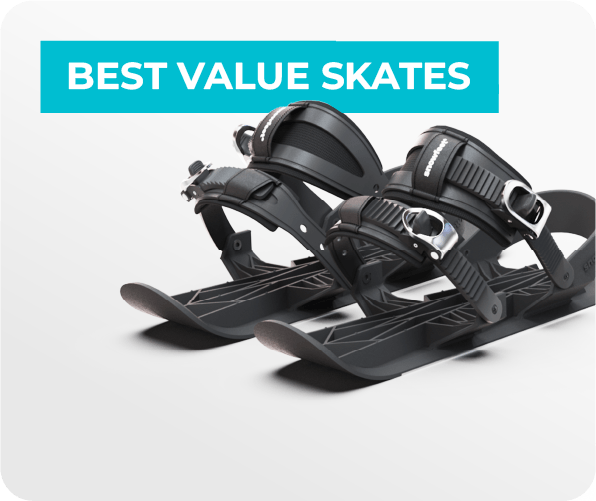
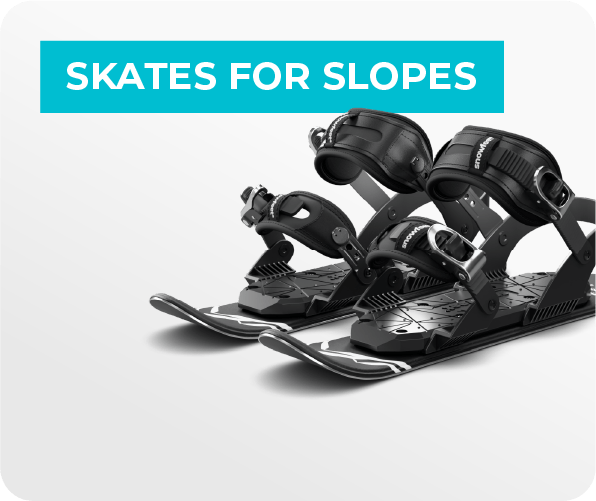
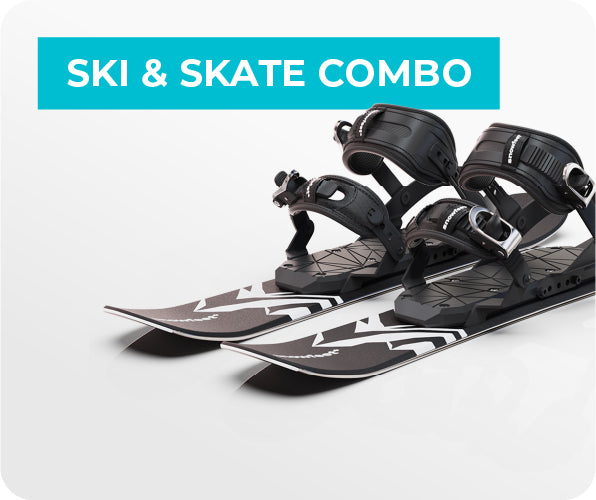
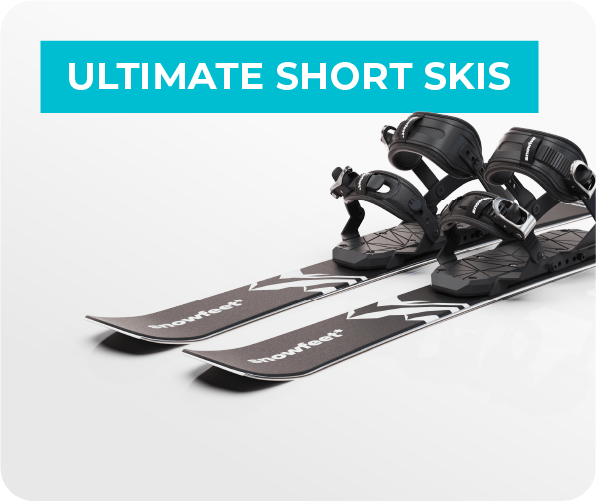
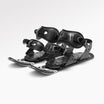
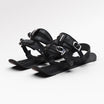
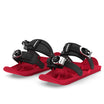
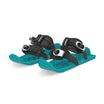
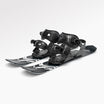
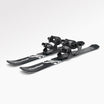
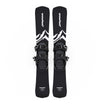
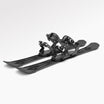
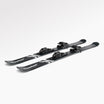
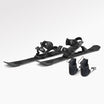

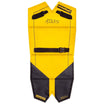
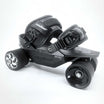

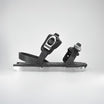
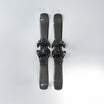
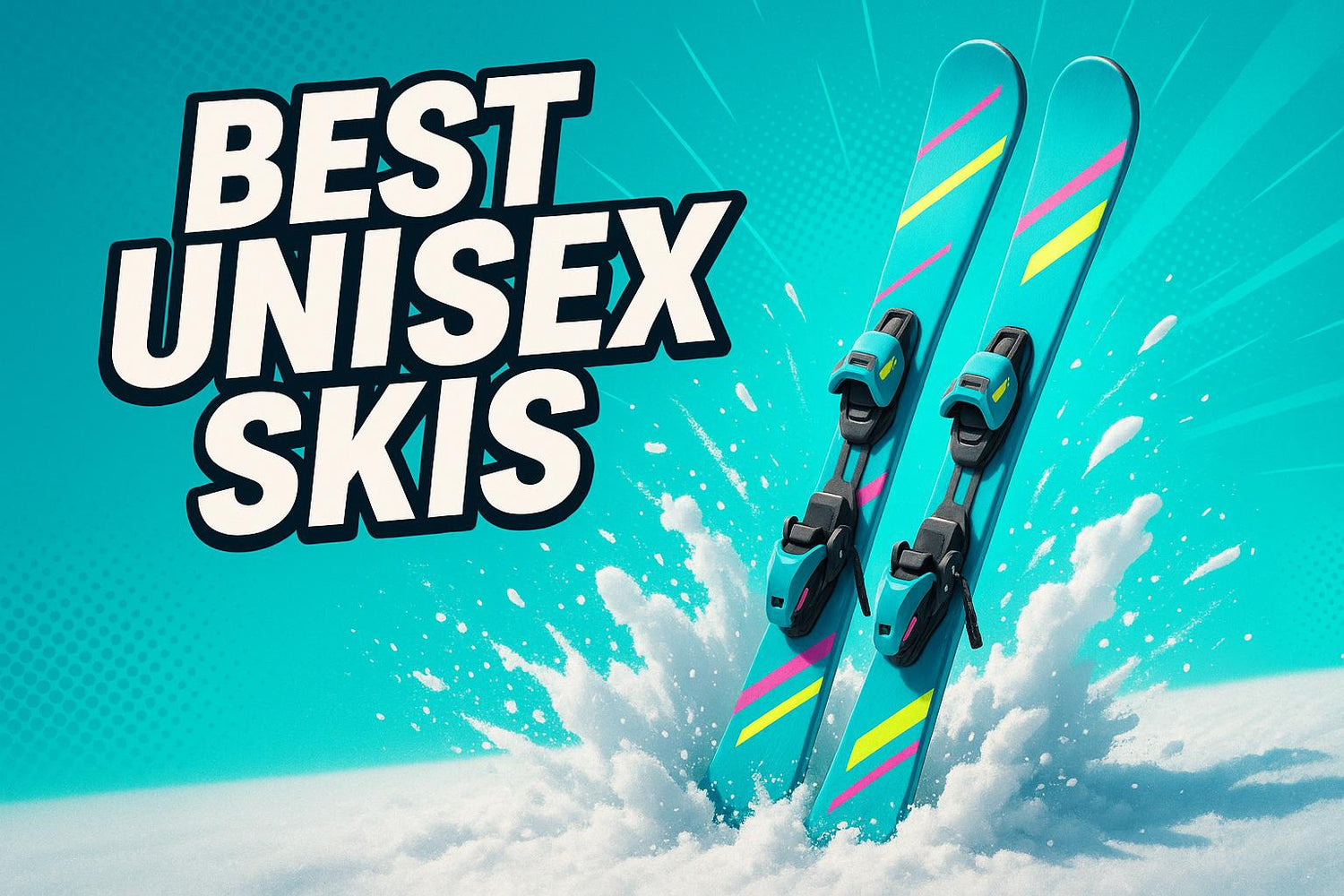
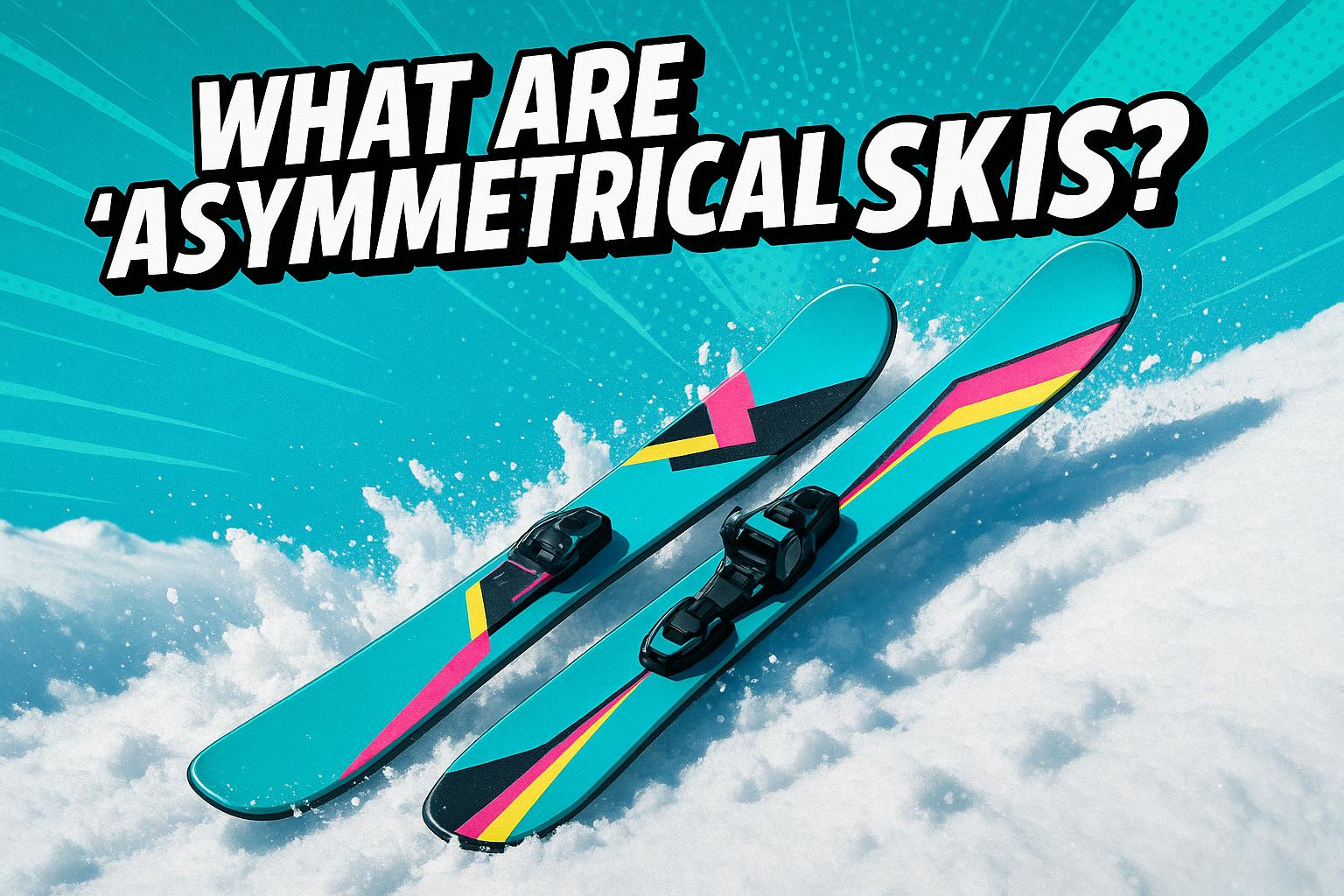
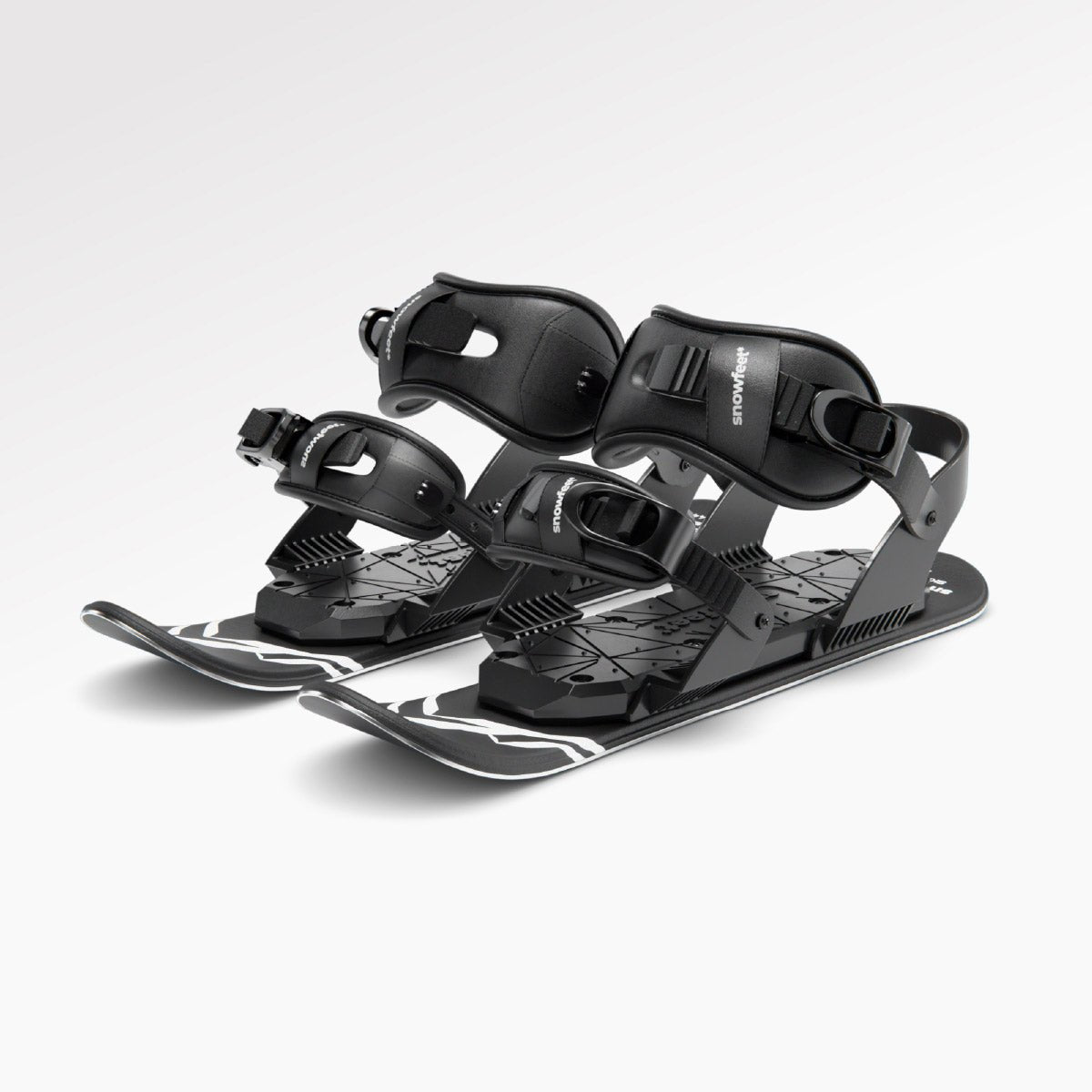
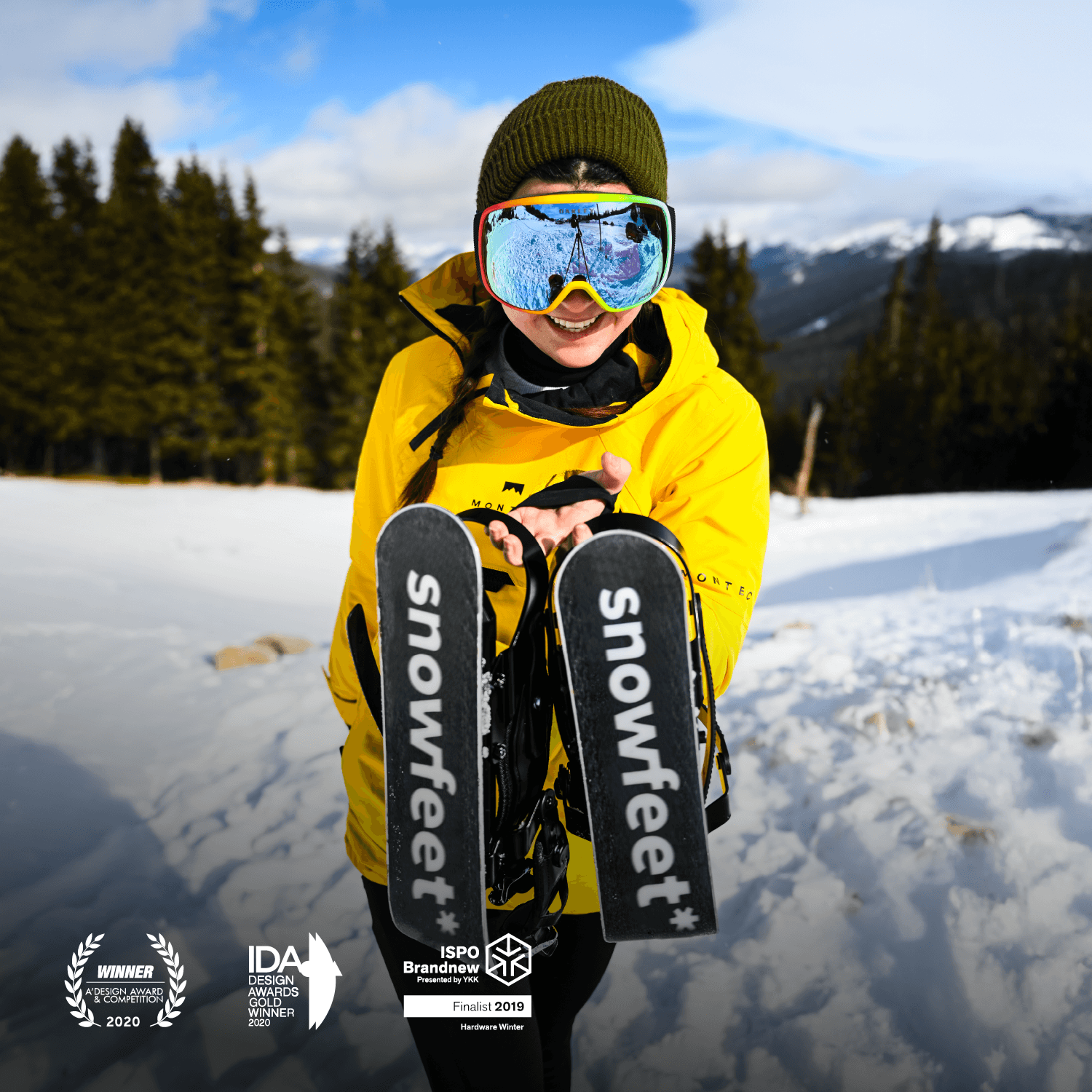
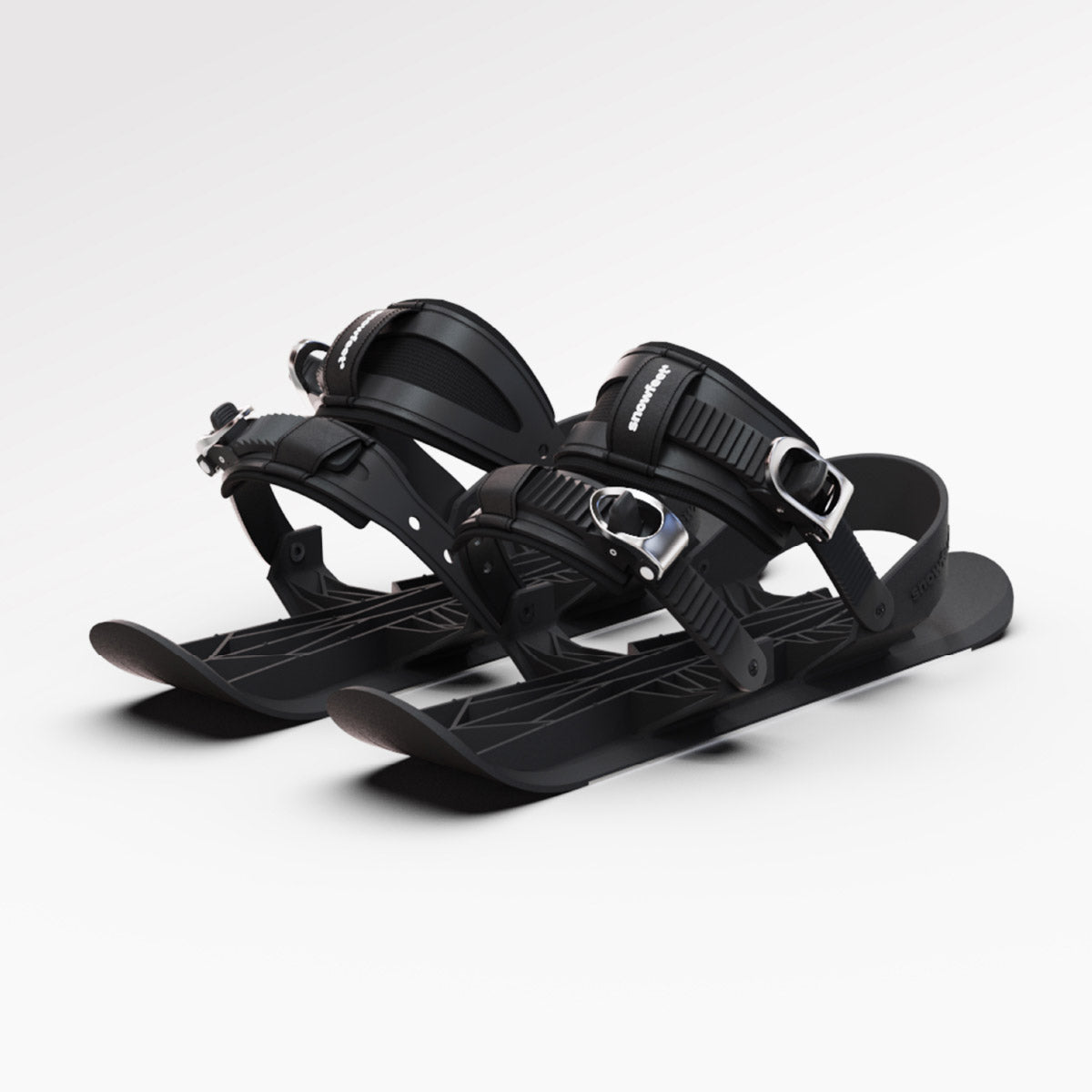
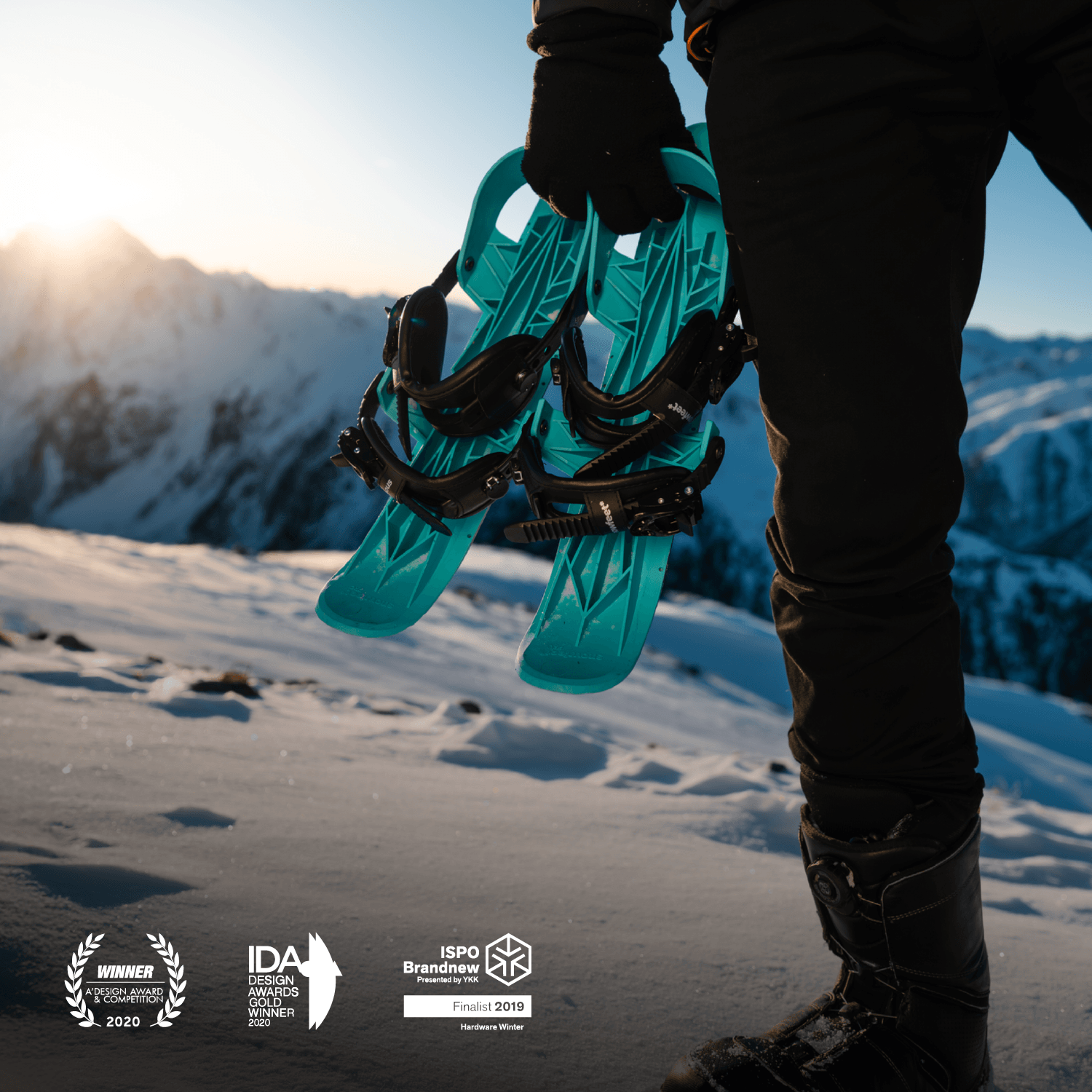
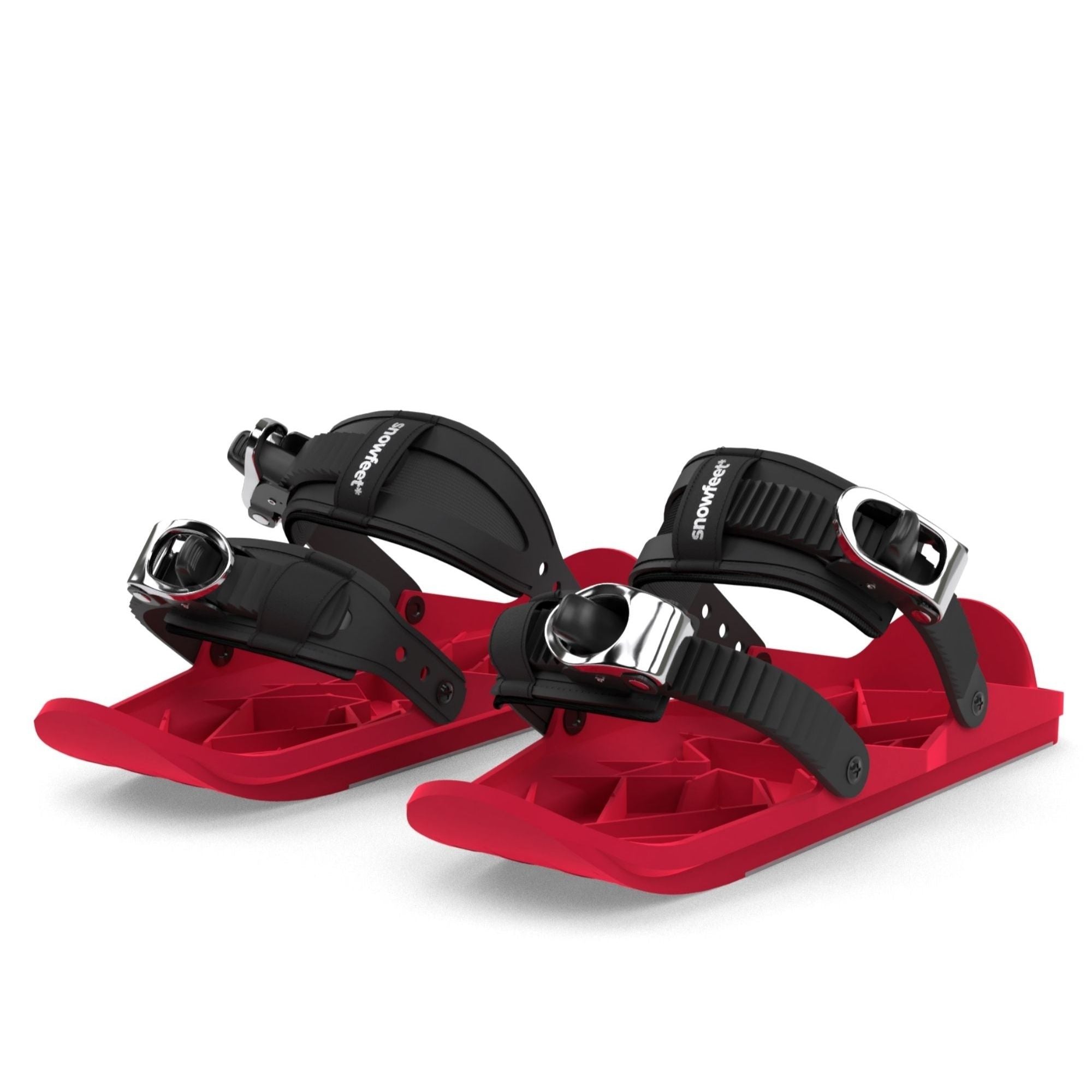
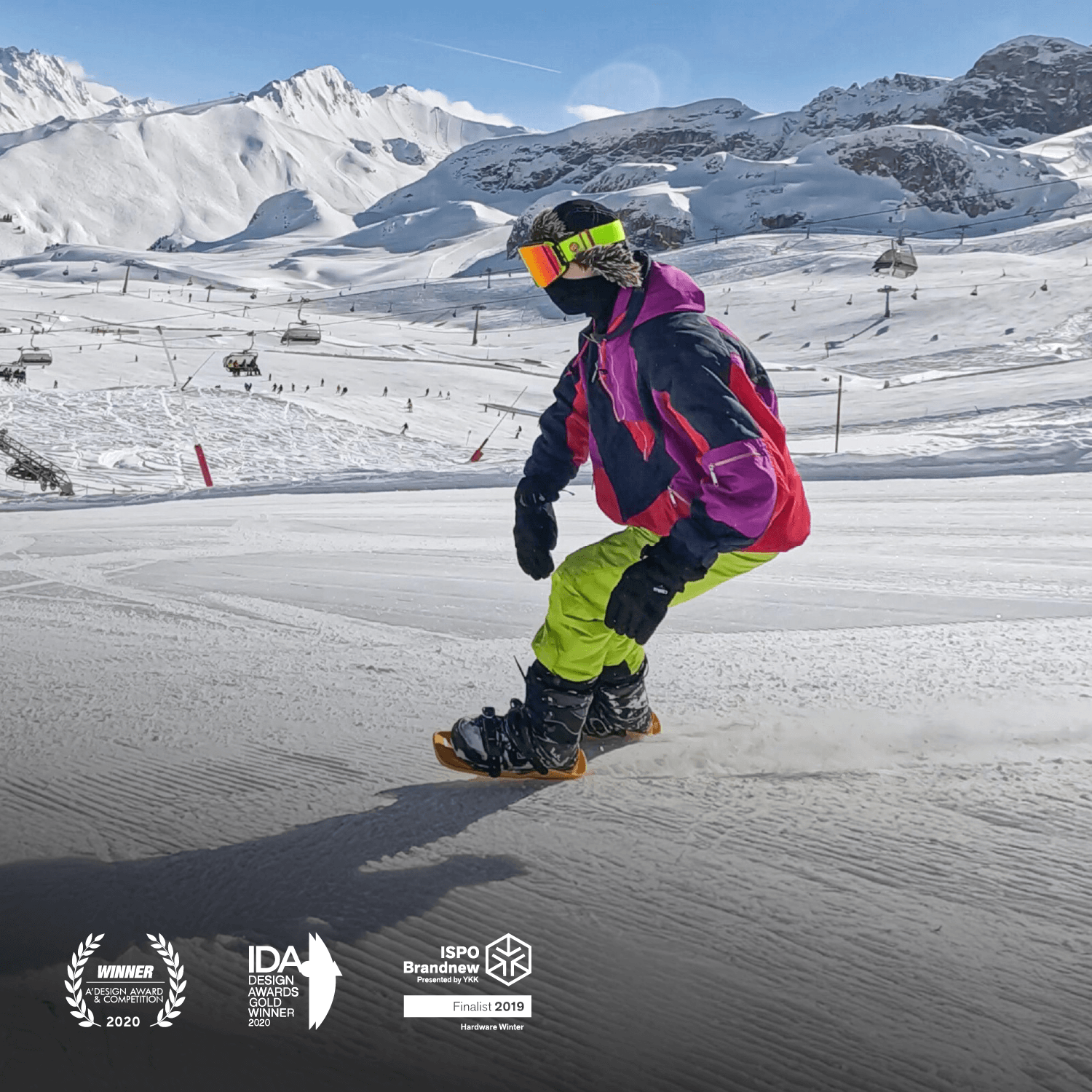
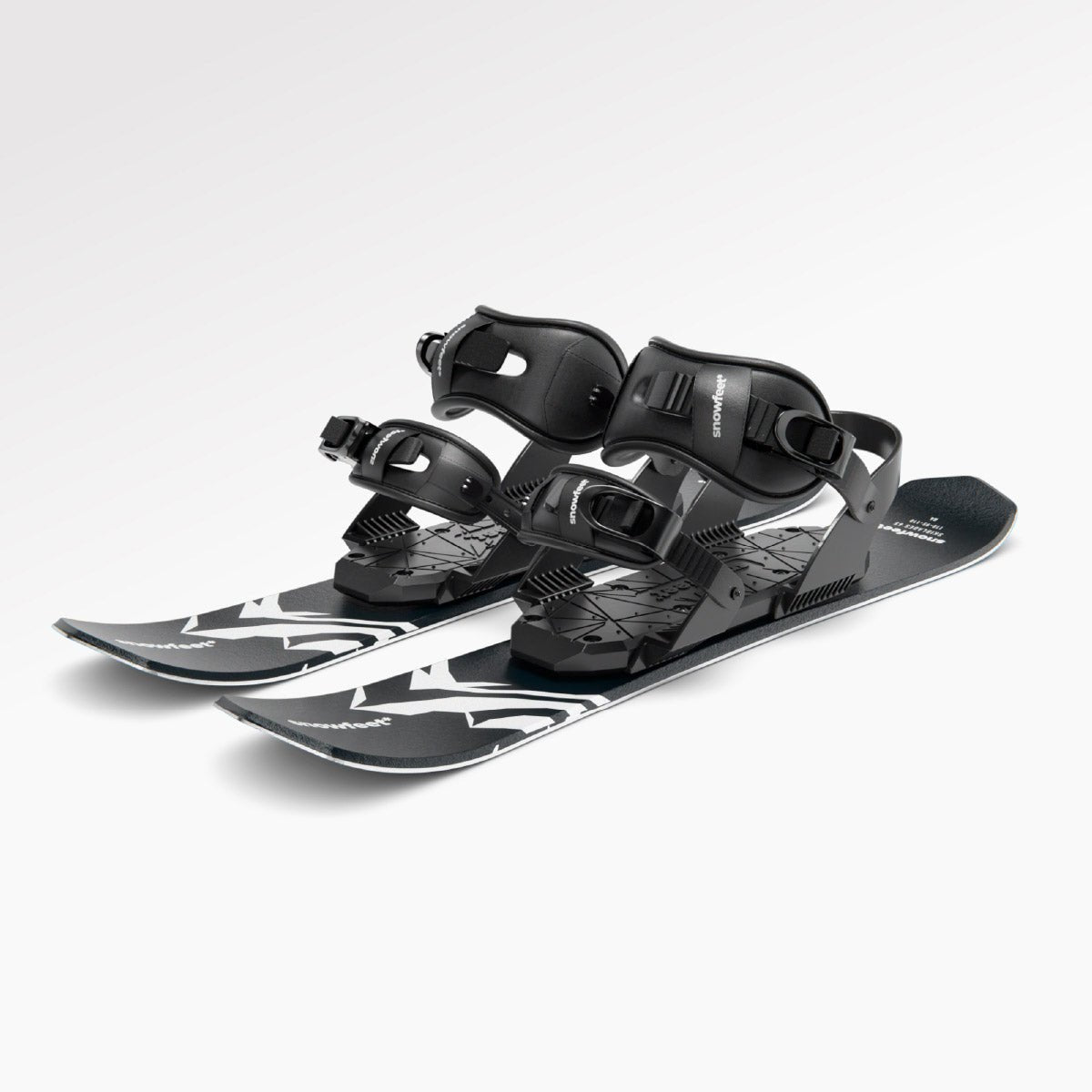
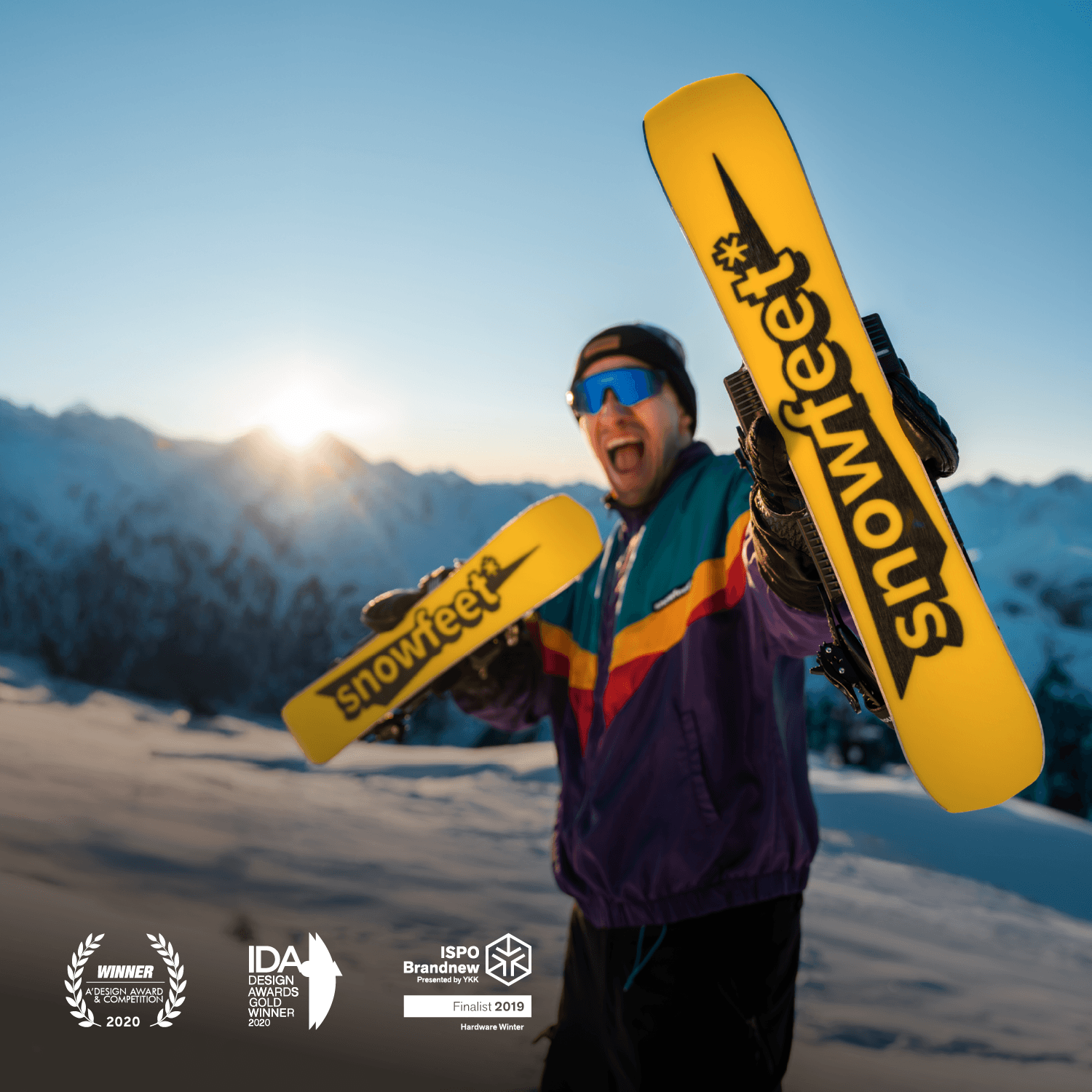
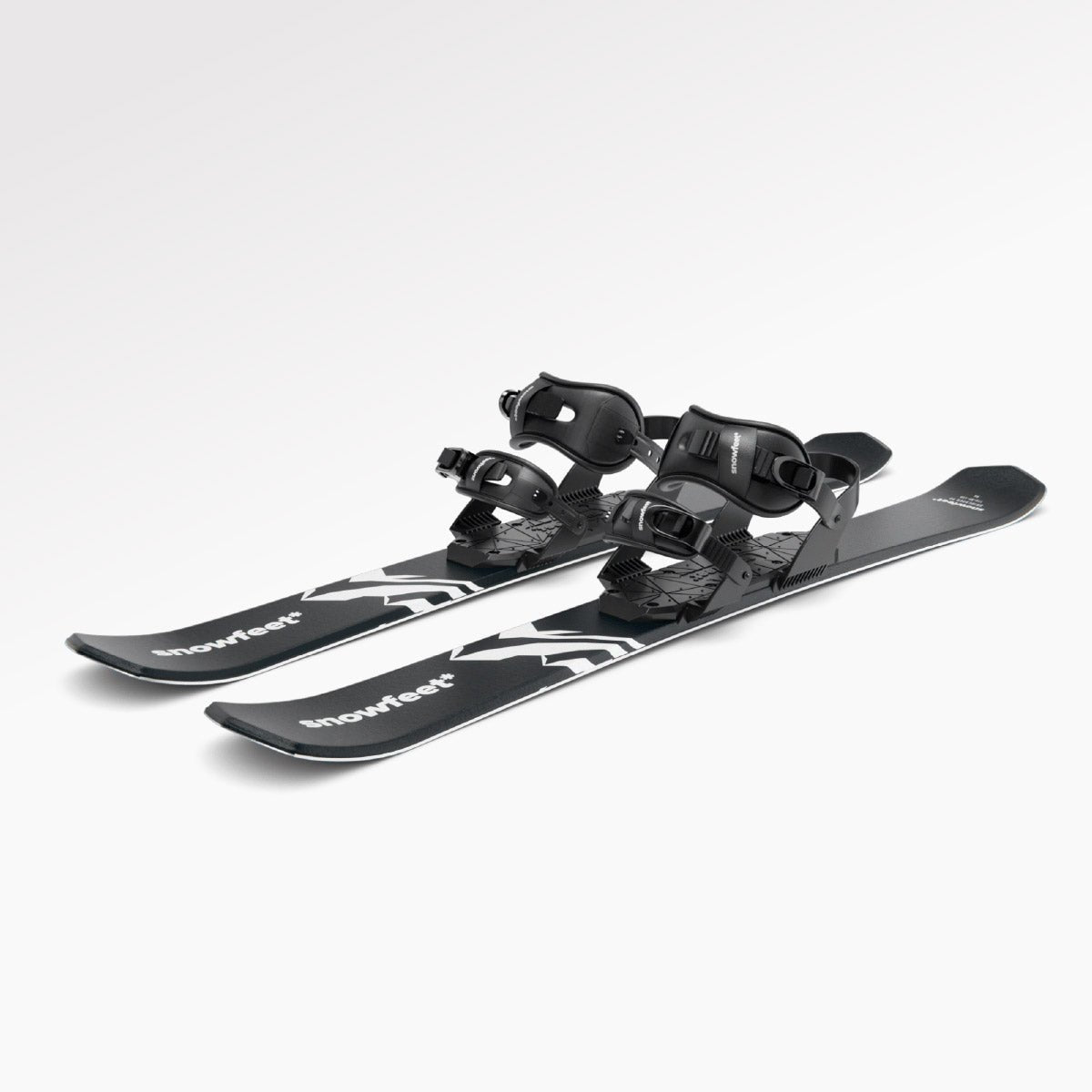
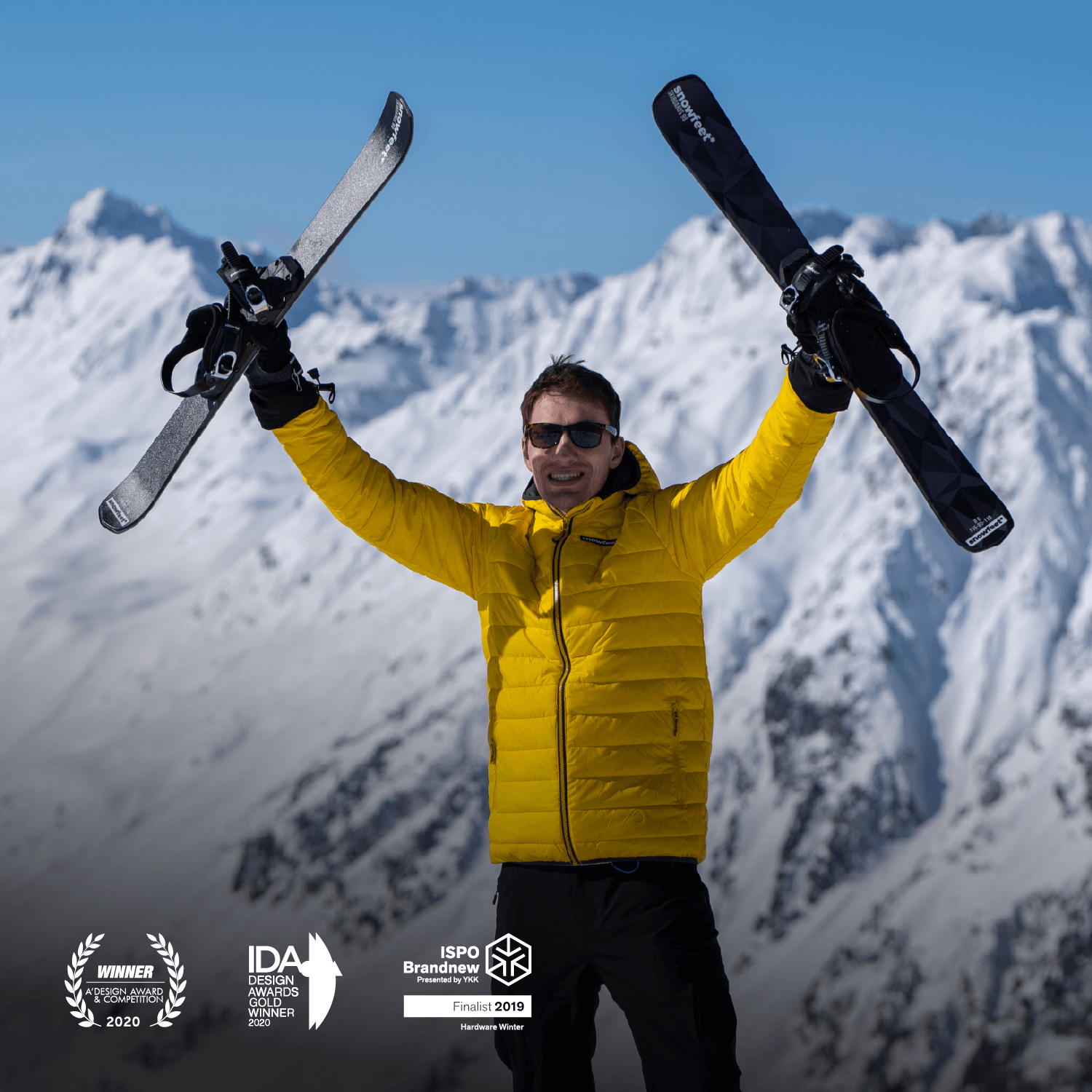
Leave a comment
This site is protected by hCaptcha and the hCaptcha Privacy Policy and Terms of Service apply.